Protecting a turtle’s nest is an investment in the future.
Each protected nest represents turtles that may reach adulthood 10 or even 20 years into the future. Each unprotected nest is a likely meal for a hungry raccoon. In many areas, raccoons and other nest predators can destroy 60 per cent or more of all turtle nests.
Tight Timelines
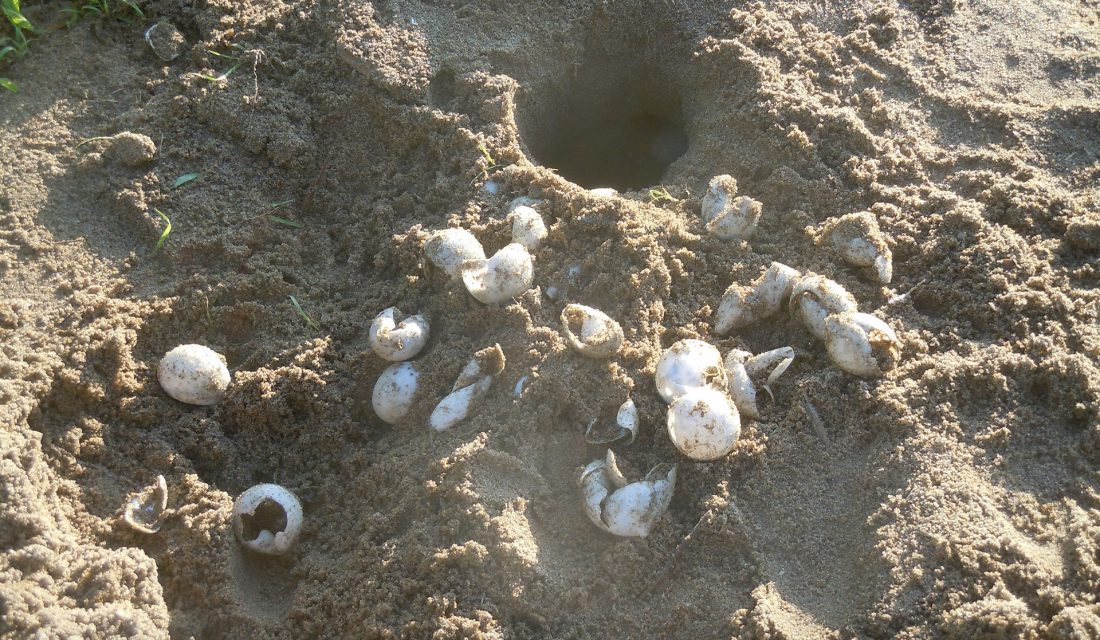
Nest predation can be severe and extremely fast given the growing population of raccoons. This year we found a Blanding’s Turtle nesting along a roadside one evening in June. We did not want to spook her so we did not stay nearby. Here’s a timeline of what happened next:
- 10:00 p.m.: We came back later and she was still nesting at 10 and 11 p.m.
- 12:00 a.m.: At midnight she was still hard at work.
- 12:30 a.m.: She had finished nesting and was gone, but a predator had already dug up and eaten her eggs.
Thirty minutes after the nest was completed, the eggs had already been destroyed.
Nest Protectors
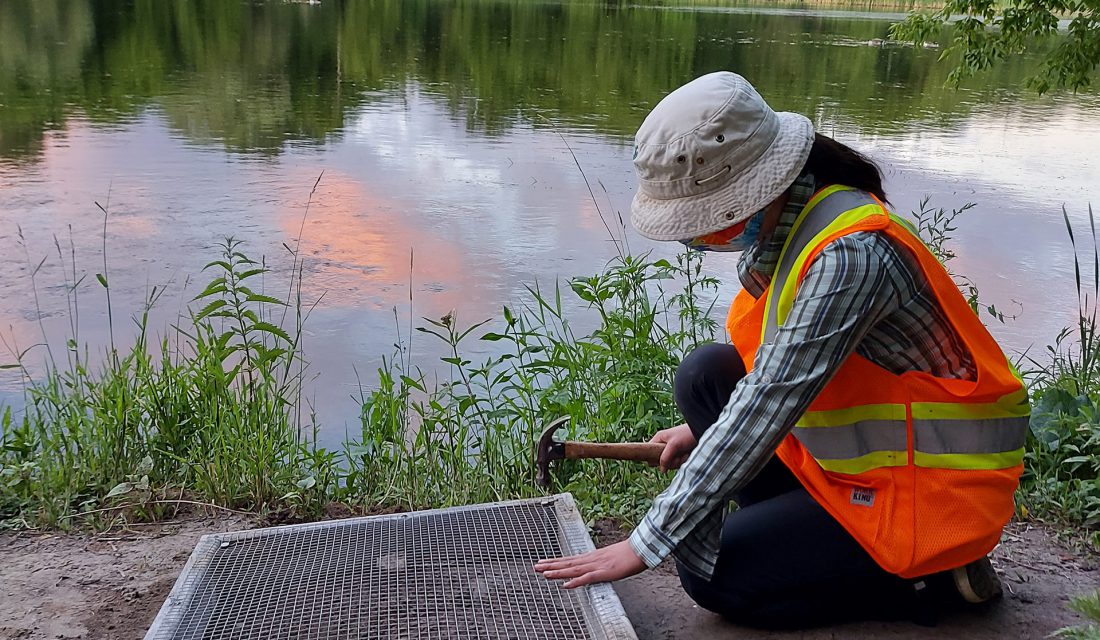
The CWF turtle team was busy in June collecting nests to incubate back in the CWF office, as well as installing nest protectors on other nests.
Nest protectors are the simplest way to protect a nest (download how to build your own nest protector). A protector has a wooden frame with a wire mesh on top to keep out predators, but allows sun and rain to reach the ground above the nest. Exit holes in the wooden frame allow the hatchlings to leave the protector after they hatch out.
Nest protectors usually work well, but sometimes predators dig under the protector and get at the eggs, and there is a risk that unscrupulous people can find and steal the nest because of the protector.
Saving By Collecting (Spoiler: Leave it to the Professionals)
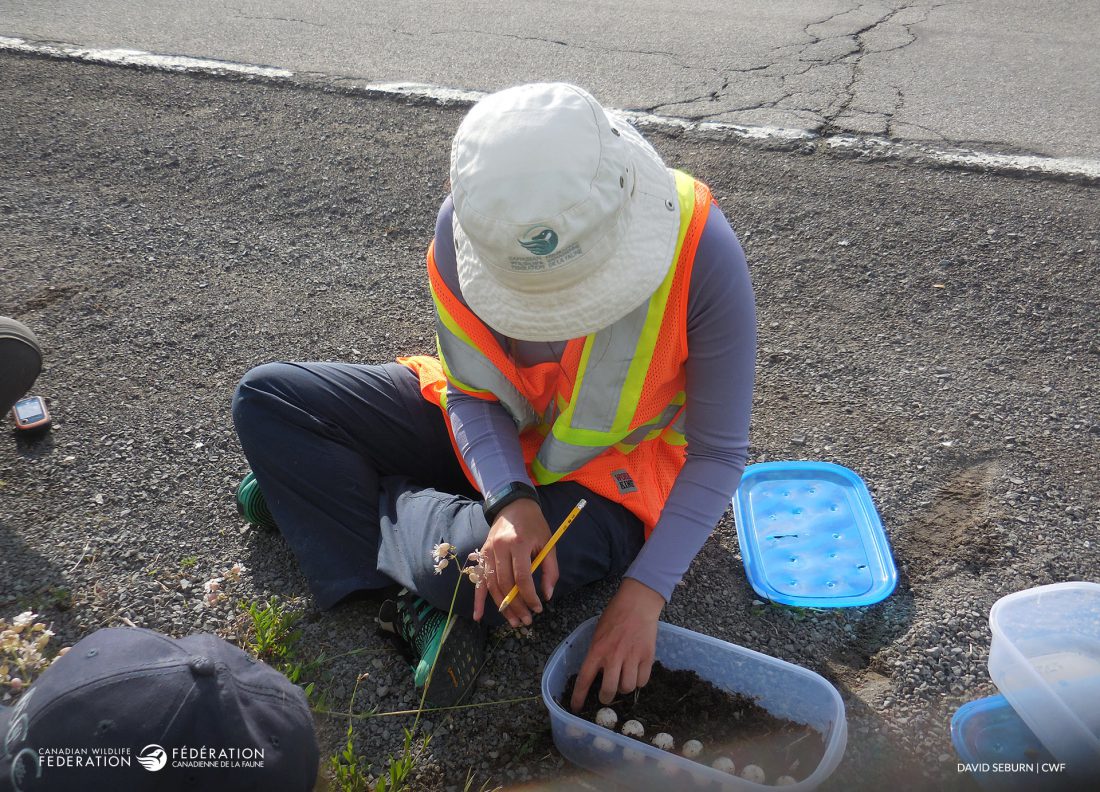
Many locations are simply not suitable for nest protectors. It is generally not safe to install them on road shoulders, as they can be a risk to vehicles than need to pull off the road. Road shoulders are also a risky place for hatchlings. If they go onto the road, they may be killed by a vehicle on their first day aboveground. For nests in risky locations, instead of installing nest protectors, we collect the eggs and incubate them. After the eggs hatch, the hatchlings are released at the nearest wetland to the nest.
Here are two examples from this year of eggs laid in poor locations:
Example #1

One Snapping Turtle laid her eggs in the grassy median surrounded by roads on all three sides. This is a poor nesting site for a number of reasons. The area certainly will get lots of sunshine, but being surrounded by roads may mean the median will be hot and dry. If the soil is too dry the eggs will perish. And of course, even if the eggs did hatch out, no matter which way the hatchlings go they would have to cross a busy road and likely be killed. Hopefully, the mother turtle finds a safer place to lay her eggs next year.
Example #2
Another Snapping Turtle was a sports fan. At least we think she must have been as she laid her eggs in a baseball diamond, near home plate. Installing a nest protector was not an option so we collected these eggs. This nest had a remarkable 65 eggs – the largest Snapping Turtle nest we have ever collected. Hopefully, next year the mother turtle can temper her enthusiasm for baseball.
In total, the CWF turtle team has collected over 750 turtle eggs for incubation this year. Each hatchling we release will still have a difficult life ahead, but each one will have already beaten the odds and survived to hatching. We will send them on their way and wish the next generation of turtles well.

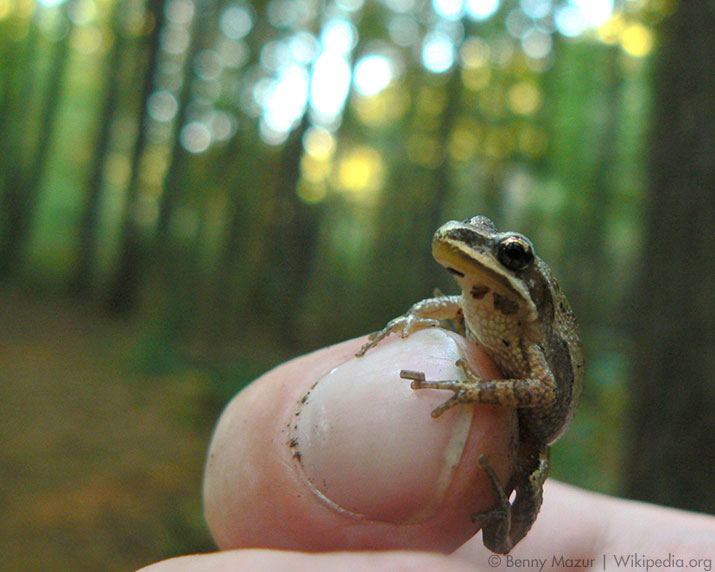


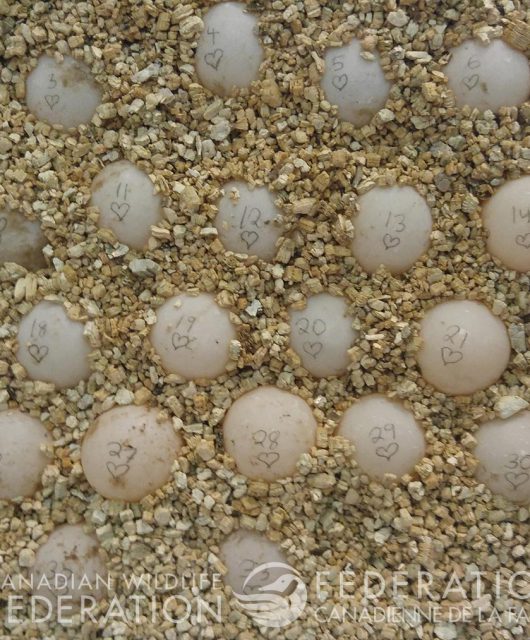
4 comments
I have 2 nests next to my property sidewalk that were just placed today. I live in Plantagenet on the south nation river. They are safe but I was wondering if it is difficult to relocate elsewhere on my property or you would come to relocate them yourself?
Hi Andre
Unfortunately, we can’t help that far away, our permits don’t cover that area. Legally, you are not permitted to re-locate the eggs without a permit. Also, sadly, I am not aware of any group that is authorized to re-locate or collect eggs in that area.
Your best bet is to build and install a nest protector. Nest protectors are the simplest way to protect a nest (download how to build your own nest protector: https://cwf-fcf.org/en/explore/turtles/htt_nest_protector_en_lr.pdf). A protector has a wooden frame with a wire mesh on top to keep out predators, but allows sun and rain to reach the ground above the nest. Exit holes in the wooden frame allow the hatchlings to leave the protector after they hatch out.
Good luck!
A turtle just laid her eggs road side on Nicolls Island. Do you have a nest protector I can pickup or can you come and install one? It’s a very quiet road.
Hello! We wish we had the resources to do this across the country. 🙁 For now, if you wanted to try to build one (they’re pretty easy!) and install, here are some directions: https://cwf-fcf.org/en/explore/turtles/htt_nest_protector_en_lr.pdf